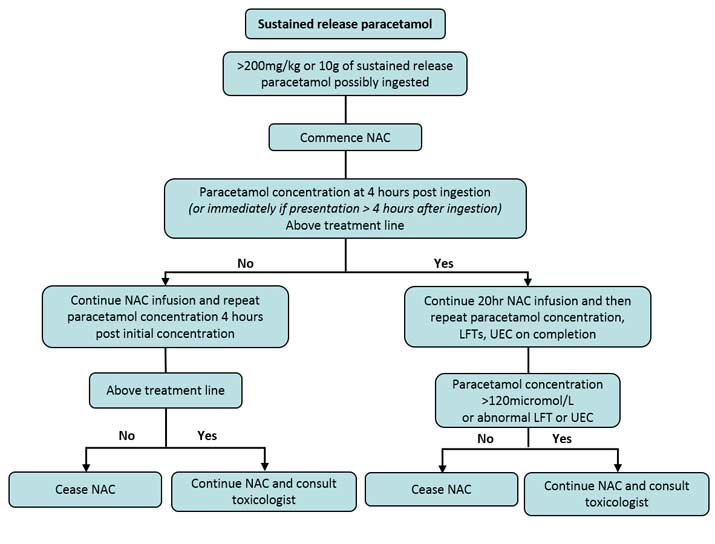

Similarly, isoniazid and valproic acid may induce NAPQI formation resulting in worse hepatic toxicity. Therefore chronic alcoholics are at theoretical risk for increased toxicity although the clinical significance has not been established and treatment guidelines remain the same. The most commonly encountered inducer of NAPQI formation is ethanol. Patient populations at increased risk for hepatoxicity from acetaminophen include those with induced p450 enzymes leading to increased NAPQI formation or those with reduced GSH stores. Given the prevalence of this ingestion and the ease of initial laboratory testing, all patients with a potential ingestion or unexplained liver failure should be evaluated for acetaminophen toxicity. History Part 2: Prevalence:Īcetaminophen alone or in combination comprises approximately 15% of fatalities associated with ingestions across the United States. During the fourth and final stage beginning at 72-96 hours, post-ingestion healing and complete recovery may occur. Most commonly, elevated liver enzymes are seen during the second stage although there are studies that indicate this can occur in the first.Īt the third stage, at approximately 72 hours, toxic acetaminophen ingestions may manifest as fulminant hepatic failure, including encephalopathy, coagulopathy and possible progressive multi-organ failure. During the second stage, beginning 24-48 hours after ingestion, patients may develop evidence of hepatic toxicity but are clinically asymptomatic. In the initial 24 hours, patients may be asymptomatic or have non-specific symptoms and findings such as nausea, vomiting, anorexia, abdominal pain, pallor, and lethargy. This should be administered as soon as possible to minimize hepatic damage.Īcute acetaminophen poisoning develops in four stages post-ingestion.

Despite the seriousness of acetaminophen overdose and ingestions, an effective antidote exists in acetylcysteine.

However, in acetaminophen overdose, the conjugation pathways are overwhelmed resulting in increased NAPQI and depletion of GSH, which ultimately leads to hepatic injury. With normal dosing, NAPQI is detoxified by glutathione (GSH) to non-toxic metabolites. Approximately 90% is conjugated with glucuronide or sulfate to form non-toxic metabolites whereas 5% is metabolized through the cytochrome p450 mixed-function oxidase enzyme to a toxic metabolite, N-acetyl-p-benzoquinone imine (NAPQI). Acetaminophen is metabolized in the liver. However, larger ingestions can be deadly, resulting in hepatic toxicity and fulminant liver failure. This ubiquitous over-the counter analgesic has been found to be safe in daily ingestions of less than 4gm daily. Acetaminophen is a common toxic ingestion, resulting in over 400 deaths from fulminant hepatic failure in the United States each year.


 0 kommentar(er)
0 kommentar(er)
